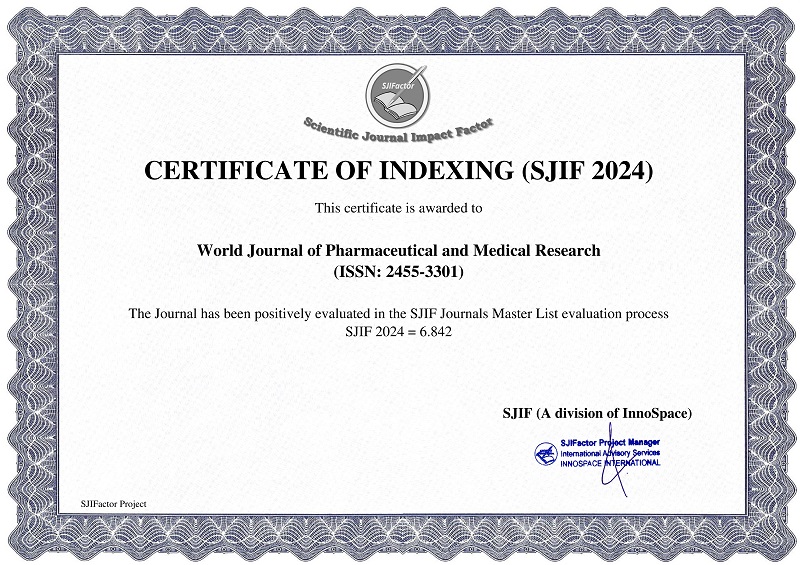PREVALENCE OF KLEBSIELLA PNEUMONIA CARBAPENEMASE PRODUCTION IN BLOOD CULTURE ISOLATES
Deepinder Singh*, Ashima Katyal, Madhu Sharma and Uma Chaudhary
ABSTRACT
Introduction: Multidrug resistant (MDR) Gram negative infections have resulted in high rates of morbidity and mortality in patients with diverse clinical conditions. Klebsiella pneumoniae carbapenamase (KPC)-producing bacteria is one of the emerging MDR pathogens causing bacteremia with limited therapeutic options such as colistin and tigecycline. Methods: An investigational laboratory based study was conducted (over1 year) to know the prevalence of Klebsiella pneumoniae carbapenemase (KPC)-producing bacteria from blood culture isolates. Blood culture samples were processed and Klebsiella pneumoniae was identified by colony morphology, Gram staining and biochemical tests, followed by antibiotic susceptibility testing as per CLSI (clinical and laboratory standard institute) guidelines. The isolates were confirmed by automated identification system (BD phoenix). Hundred & ten such isolates were enrolled in the study. The production of carbapenamase was detected by modified Hodge test. Observations: The majority of the 110 pts were newborn (62%). Most Klebsiella pneumoniae positive blood cultures were submitted from various ICUs (83.6%) followed by burn & plastic surgery department (15.45%).The most sensitive drug for all carbapenamase producing isolates were colistin and tigecycline (100% each). Conclusions: MDR KPC was detected to be important organism in NICU and post-surgical patients for enhanced morbidity & mortality. The clinicians are faced with the dilemma as to how to control nosocomial spread of these organism in ICU as there are limited therapeutic options available. Therefore, there is a need to evaluate new detection methods for carbapenamase detection.
[Full Text Article] [Download Certificate]



